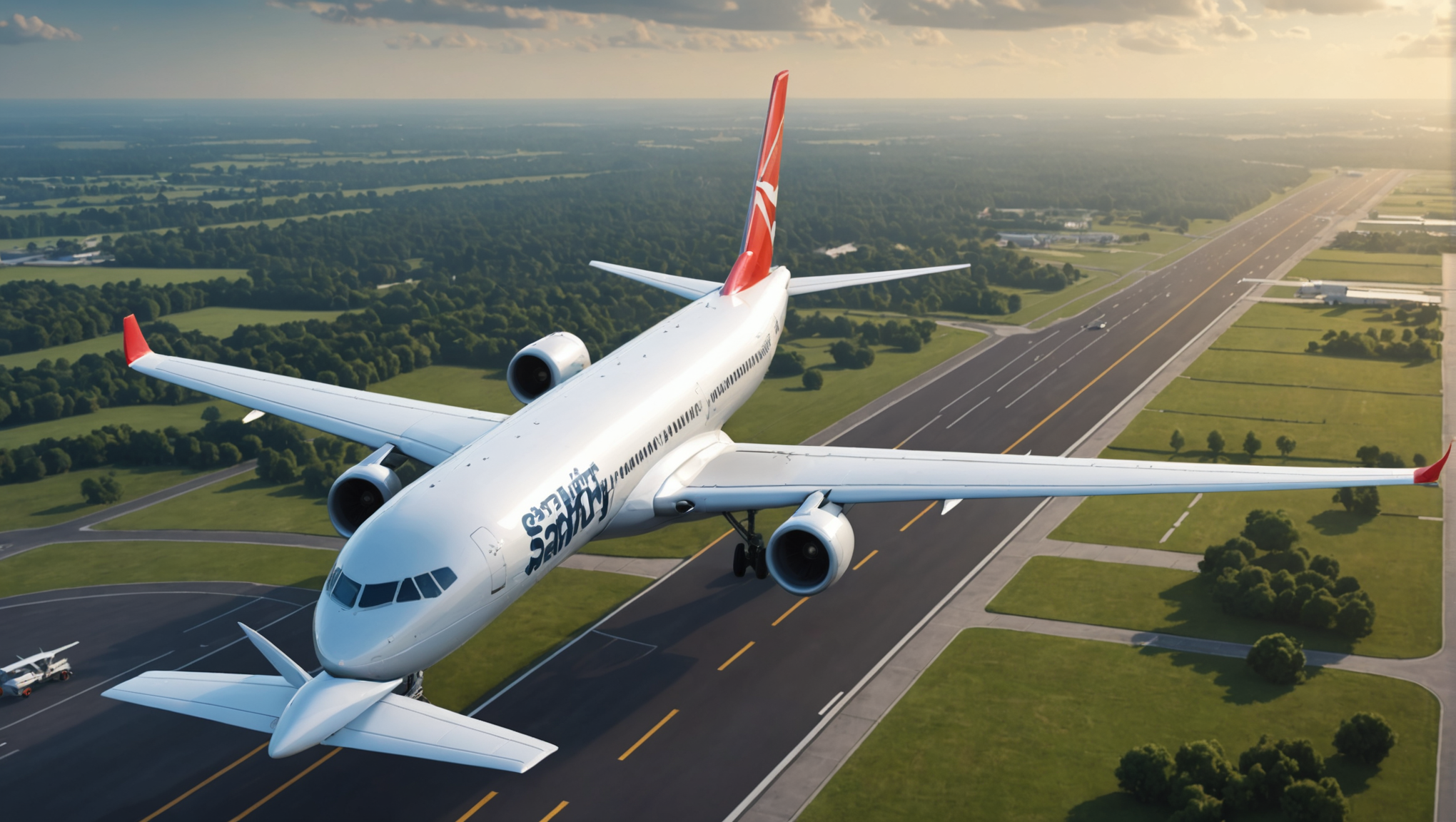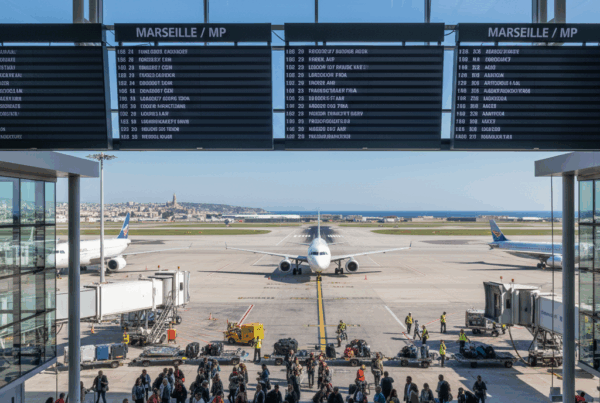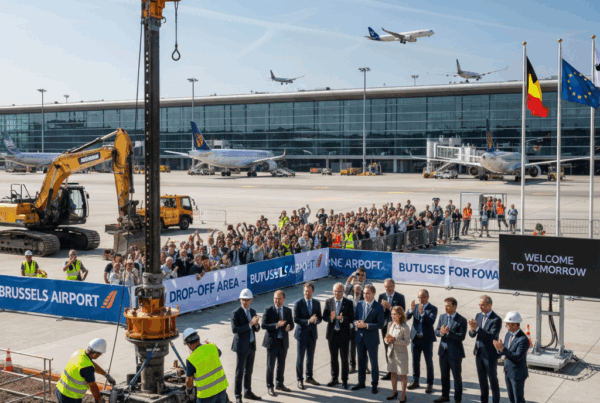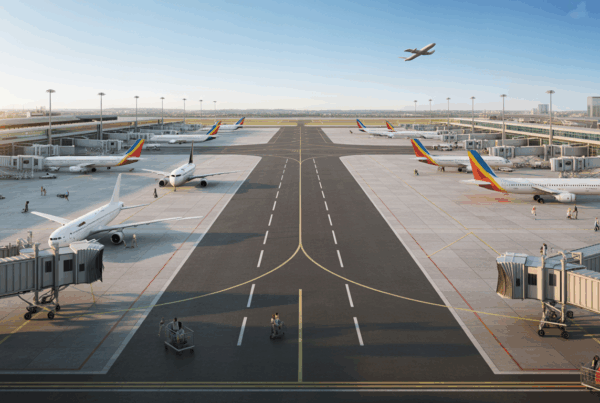On every airplane flight, safety instructions for take-off and landing are rigorously communicated by the cabin crew. These instructions, often perceived as restrictive, are of vital importance to passenger safety. Let's take a look at the practical reasons why these instructions must be followed to the letter.

Safety instructions on board aircraft, particularly during the take-off and thelandingThey may seem trivial, but they are crucial to the safety of all passengers. Here's why these specific moments in the flight require special vigilance.
Positioning seats and shelves
During take-off and landing, it's imperative to straighten seats and stow shelves. In the event of an evacuation, these elements allow passengers to move more quickly and smoothly towards the emergency exits. A lowered tray table could obstruct someone in an emergency situation.
Seat belt use
Seatbelts are essential to protect passengers from unexpected turbulence. Keeping the seatbelt fastened prevents injuries caused by sudden aircraft movements, particularly common during landing and takeoff.
Opening porthole shutters
During these critical phases, the shutters of the portholes must be open. This enables the aircraft crew to quickly assess the outside world in the event of an incident, and facilitates the mission of rescue teams in the event of a necessary evacuation.
Hand luggage storage
It's also crucial to place hand luggage correctly under the seat in front of you, or in the overhead compartments, to prevent it becoming a projectile in the event of sudden movements. This also ensures that aisles remain clear for rapid evacuation if necessary.
Phone airplane mode
Electronic devices must be in airplane mode during flight to avoid possible interference with aviation navigation systems. Failure to activate this feature could pose a risk, as the signals emitted may interfere with the operation of cockpit instruments.
Hands under the buttocks
Flight attendants sometimes have intriguing habits, such as putting their hands under their buttocks during take-off and landing. This practice strange allows both hands to be freed up quickly in an emergency to better stabilize or assist passengers.
List of instructions and practical reasons
| Instructions | Practical reasons |
| Straightening the seats | Better evacuation in an emergency |
| Belt fastened | Avoid injuries |
| Open shutters | Quickly assess the exterior |
| Luggage storage | Avoiding projectiles |
| Airplane mode activated | Avoid interference |




